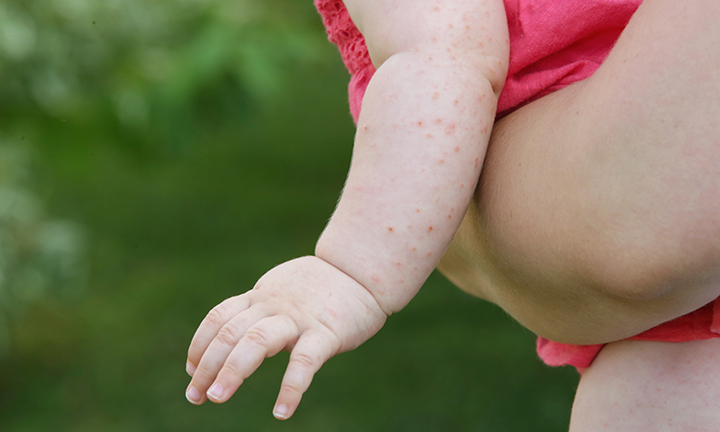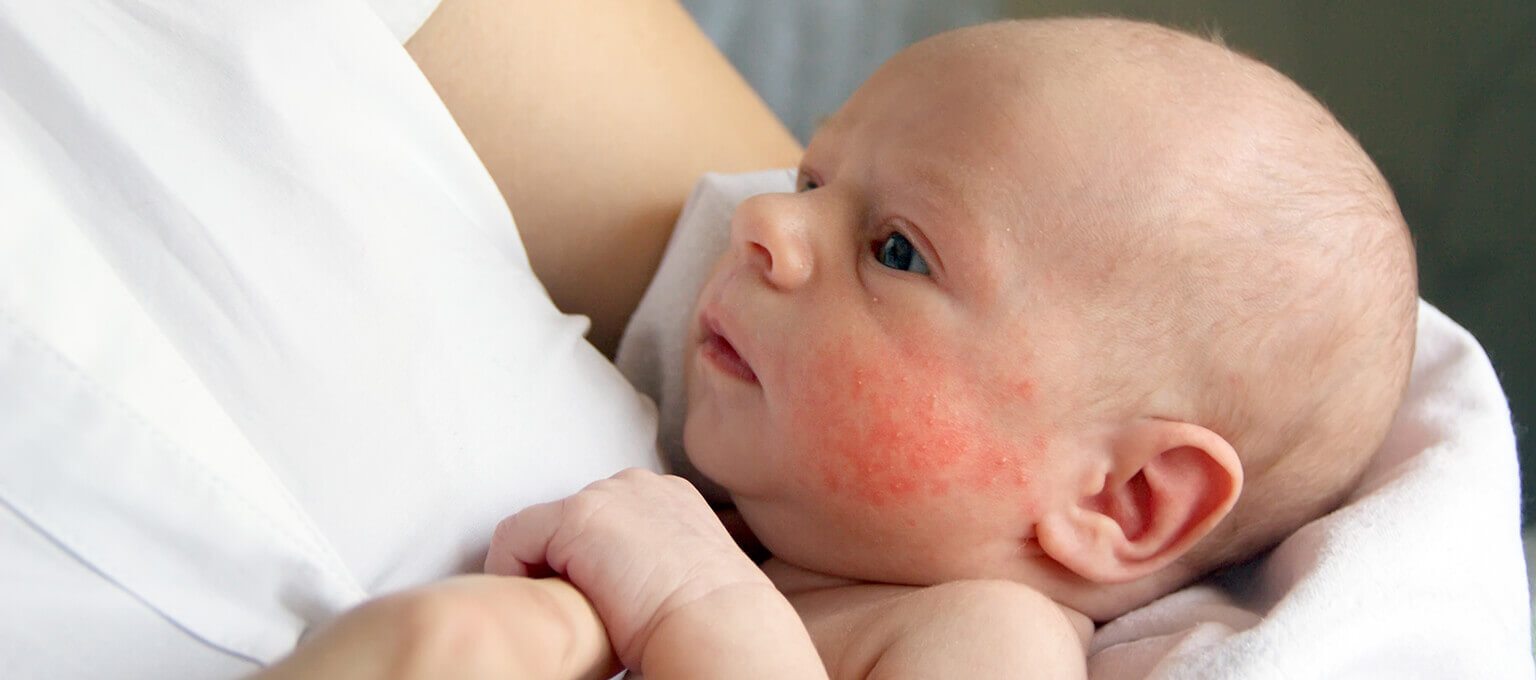
Vitamin D for Babies - Is It Needed?
When your newborn arrives, you will be eager to provide them the proper nourishment and nutrition. One very important nutrient for babies, children and adults is vitamin D. Vitamin D is especially important for breastfed babies, as breast milk doesn’t provide enough of the vitamin for their needs. Providing your baby with vitamin D drops can help to boost immunity, build healthy and strong bones, and prevent diseases like rickets. Read on to find out why your baby needs vitamin D, how much to give them, and the best ways to supplement your little one’s vitamin D intake.
Why Do Babies Need Vitamin D Drops?
You might be wondering, why does my baby need vitamin D drops? Well, vitamin D is essential for babies (as well as for older children and adults) because it helps the body regulate calcium and phosphate. Working together, calcium, phosphate and vitamin D build bones and help keep teeth and muscles strong and healthy.
When babies don’t get enough vitamin D, they could potentially develop rickets, a rare disease that involves softening and weakening of the bones.
Risks for Babies Who Lack Enough Vitamin D
When babies lack vitamin D, they may experience aches and pains, as well as weakened bones or muscles. In more severe cases of vitamin D deficiency, rickets may occur. This disease causes bones to soften and change shape.
Here are some risks of Vitamin D deficiency and rickets, and how to recognise the signs and symptoms:
Additionally, researchers have found correlations between vitamin D deficiency and certain diseases and conditions that could occur as babies get older and reach childhood or adulthood, such as
Although these diseases and complications sound scary, remember that they are rare. With the right Vitamin D supplementation, your baby will get the necessary nutrients to stay strong and healthy! If you have any questions or concerns, consult your midwife or child’s health visitor.
How Much Vitamin D Is Necessary for Babies?
Experts recommend a daily supplement of 8.5 to 10 micrograms of vitamin D drops for breastfed babies within the first year. For babies older than 1 year, the amount increases to 10 micrograms per day. To determine whether your baby is getting enough vitamin D, consider the following:
Taking too much vitamin D over a long period of time can lead to a calcium build up in the body, damaging the bones, kidneys and heart. Experts recommend no more than 25 micrograms a day for infants under 12 months, and no more than 50 micrograms for children aged 1 to 10 years.
To determine the appropriate amount of vitamin D drops for newborns and infants, consult the chart below and your child’s midwife or health visitor.
Sources of Vitamin D
There are various ways to get vitamin D into your body. It’s more difficult for babies to obtain vitamin D naturally, which is why a supplement is the best option. Sources of vitamin D include the following:
How to Give Vitamin D Drops to Your Breastfed Baby
It isn’t possible or safe for your baby to swallow a pill for vitamin D. Instead, your baby will get a liquid version of this nutrient. Your health visitor can give you advice on where to get baby vitamin D drops. Using vitamin D drops for newborn babies is quite simple—all you need is the liquid supplement and the dropper that comes with it. Here’s what to do:
When to Give Babies Vitamin D Drops
Your baby can start taking vitamin D drops soon after birth. Most likely, your child’s health visitor will recommend the standard amount, which is 8.5 to 10 micrograms daily of vitamin D for babies under 1 year, and 10 micrograms daily for those over 1 year. But once your baby can start getting vitamin D from other food sources (like salmon, egg yolks and fortified foods), you may be able to reduce the amount they receive by drops.
Every newborn, baby, and child is different, so although there is a recommended dose of vitamin D for babies, it’s always best to check with your child’s midwife or health visitor. Most babies need the standard dose, while others may need more, and some may need to supplement for longer than others.
FAQS AT A GLANCE
Most babies need vitamin D supplementation in the form of drops to prevent deficiency of this important nutrient. Breast milk and some formulas alone don’t provide enough vitamin D, so many babies need drops to reach the recommended daily intake of 8.5 to 10 micrograms.
The Bottom Line
Babies need adequate vitamin D to stay healthy, grow at the proper rate and build strong bones. Breast milk lacks enough vitamin D for babies, and babies may not be able to consume enough vitamin D fortified formula to reach the optimal amount of this nutrient. The best solution is to supplement with vitamin D drops, which are easy for you to administer and for your baby to swallow.
Although the daily recommended amount of vitamin D is 8.5 to 10 micrograms per day in your baby’s first year, every child is different. Talk to your health visitor to determine the amount of vitamin D supplement your little one needs.
The information in this article is based on the expert advice found in trusted medical and government sources, such as the National Health Service (NHS).The content on this page should not replace professional medical advice. Always consult medical professionals for full diagnosis and treatment.
Read more about Baby
Related Articles
Join Pampers Club and get:













